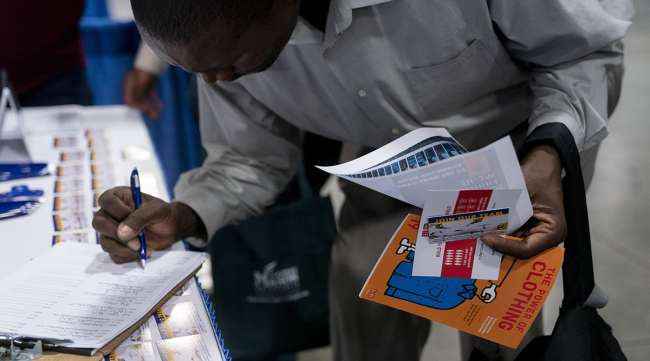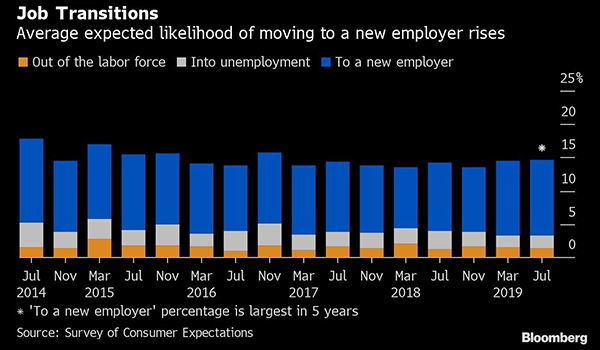Job Seekers Get Multiple Offers in Tight Labor Market

[Stay on top of transportation news: Get TTNews in your inbox.]
A greater share of America’s job hunters received more than one employment option this summer than got single offers, indicating lingering tightness in the labor market and upbeat firms despite recent recession concerns.
Almost 11% of job seekers received two or more offers compared to 10.1% who received only a single offer. The number receiving three offers or more was the highest since records started in 2014, according to data from the Federal Reserve Bank of New York.
Job hunters remain optimistic. The number who expect to receive multiple offers though November edged up to 24.1% from 22.8% in July 2018. Further, 24.5% of individuals reported searching for a job in the past four weeks, up from 22.4% in July 2018.
WANT MORE NEWS? Listen to today's Daily Briefing
What’s more, with the jobless rate remaining near a five-decade low and more labor market turnover, companies are finding they have little choice but to boost pay.
“The average full-time offer wage received in the past four months also slightly increased from $52,590 in July 2018 to $54,943,” according to the Fed.

The amount of money needed to entice a worker is rising as well.
“The average reservation wage — the lowest wage respondents would be willing to accept for a new job — continued its rise from $57,964 in July 2017 and $60,196 in July 2018 to $62,194 in July 2019. The increase was most pronounced for younger and higher-income respondents,” according to the report.
These salary expectations are prompting more people to enter the labor force and encouraging already-employed individuals to switch jobs. The average likelihood of moving to a new employer within four months stood at 11.4% in July, up more than a percentage point from last year. The pickup was most notable among workers younger than 45, those earning less than $60,000 a year and women.
The Kansas City Fed’s latest survey of manufacturers highlighted sustained labor market tightness with comments from some of the respondents:
- “Finding quality manufacturing labor has been a challenge. We’ve invested in equipment to use less labor moving forward.”
- “Our biggest challenge is getting and retaining employees.”
- “We are currently struggling to find good young workers to replace our aging workforce.”




